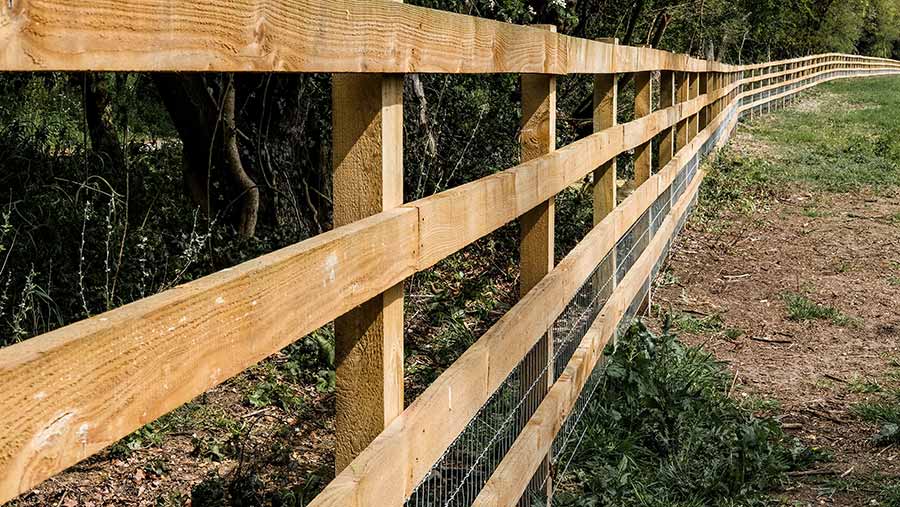Business Clinic: Neighbour is restricting our right of way
 © Adobe Stock
© Adobe Stock Whether you have a legal, tax, insurance, management or land issue, Farmers Weekly’s Business Clinic experts can help.
Here Russell Reeves, a partner at Thrings, discusses a right-of-way dispute and possible solutions.
Q: We have a right of way for all agricultural purposes over a private road through the middle of our neighbour’s farm. Our neighbours have put up a fence right on the edge of the road which is restricting our right of way. The road also needs to be maintained.
We have no obligation to maintain the road. We have written to them about this several times but have received no reply.
What can we do to encourage them to remove the fence on both sides as it is only 11 feet across in places? What could we do to make them maintain the road for all vehicles including cars, and to what standard? The road is also partly a bridleway.
A: The first part of your question relates to the extent of your right of way, in particular its width.
The burden would be upon you to prove to a court that the right of way is wider than 11 feet and that your neighbour’s fencing amounts to a substantial interference with that right. If so, you could obtain an injunction to force your neighbour to remove the fencing.
I am assuming your right of way is expressly set out in a deed, in which case the first thing to consider is the deed itself, which may provide some more detail on the width of the right of way. For example, it may specify a width in feet or make clear that the right of way is restricted to the metalled surface of the road.
See also: Business Clinic – How do we regain possession of inherited land?
If the deed does not make this clear, the width of the right of way is open to interpretation. The relevant facts can then be considered to help determine the width, such as whether there are any gates which were in situ when the deed was entered into which would have restricted the width of the right of way.
Alternatively, one might be able to infer that “agricultural purposes” must include usage by typical agricultural vehicles or those used when the right of way was granted.
For example, if the farm was in arable production at the time of grant and the right of way was used by a combine harvester with a 10ft header, it could be argued the right of way must be at least 10ft wide plus a reasonable clearing distance from obstacles on each side (say 1ft), making 12ft in total.
If bigger agricultural vehicles or those requiring wider “swept paths” were used, then arguably the right of way is wider. Specialist advice from transport planners could be obtained to demonstrate the necessary swept path needed for common agriculture vehicles or those in use at the time.
Regarding maintenance, again the first point to consider is whether the deed contains maintenance provisions. If the deed is silent on maintenance, you could still be liable for a proportion of the maintenance costs relevant to your usage.
If your neighbours will not carry out the maintenance themselves, you may do so to the extent that is necessary but only in a reasonable manner.
You may alter the surface of the land to accommodate your right, for example by reinforcing concrete (if it is already concreted) or spreading gravel, so long as there is not undue interference with the rights of the owner.
There is generally no contribution towards the costs from the landowner in the absence of a requirement in a deed or agreement, so it is advisable to try to obtain agreement if possible before carrying out the work.
I suggest writing to your neighbour to set out what works you propose doing, and when, and providing them with a reasonable timeframe within which to respond.
As these cases are all unique and can turn on the specific facts, it would be advisable to obtain independent legal advice as early as possible.
Do you have a question for the panel?
Outline your legal, tax, finance, insurance or farm management question in no more than 350 words and Farmers Weekly will put it to a member of the panel. Please give as much information as possible.
Email your question to FW-Businessclinic@markallengroup.com using the subject line “Business Clinic”.

